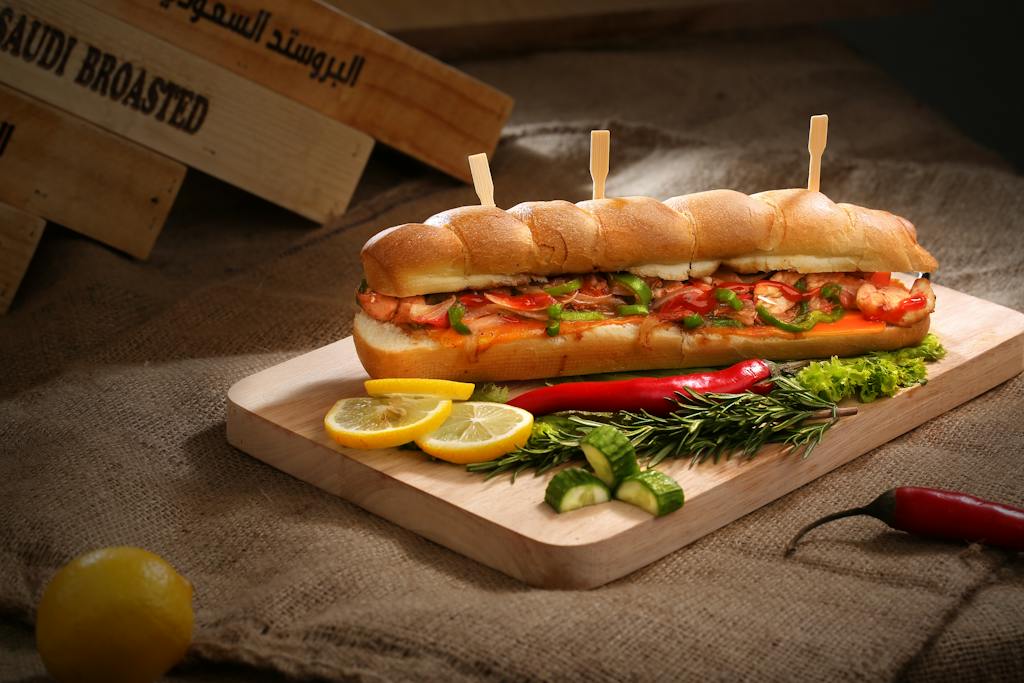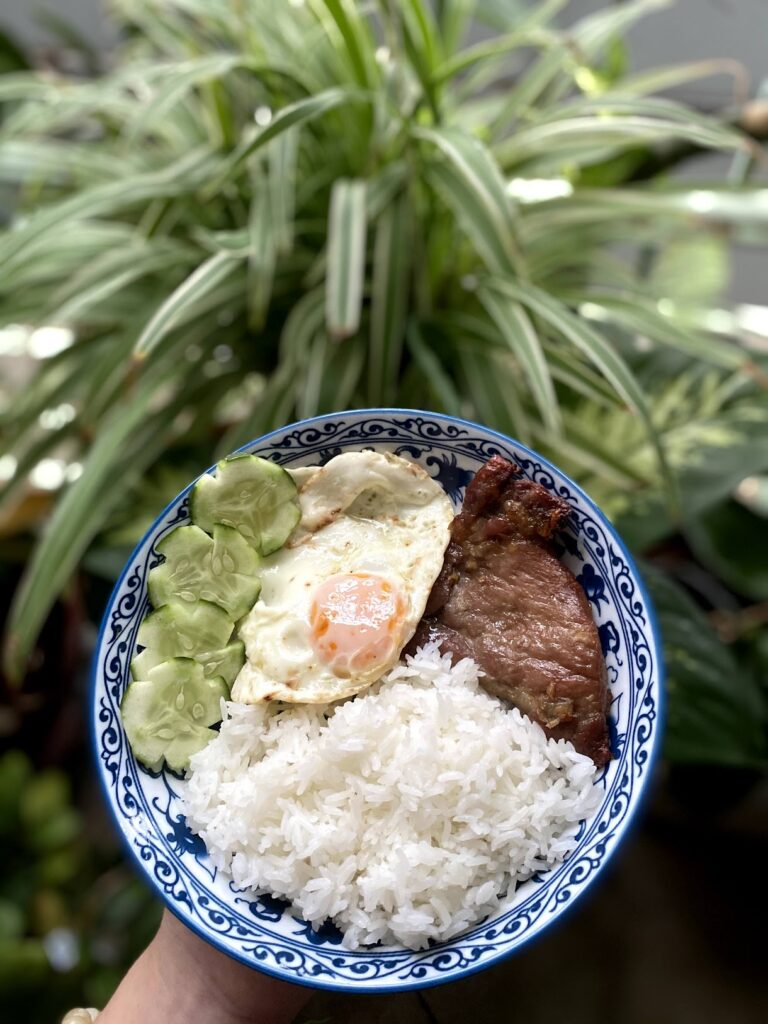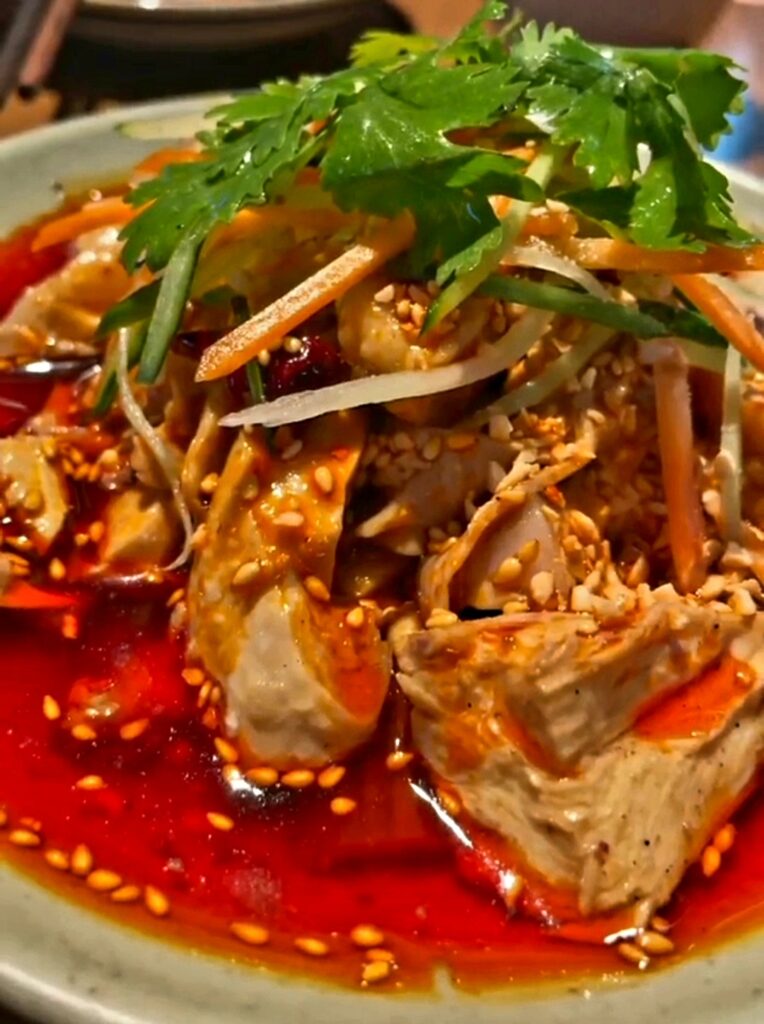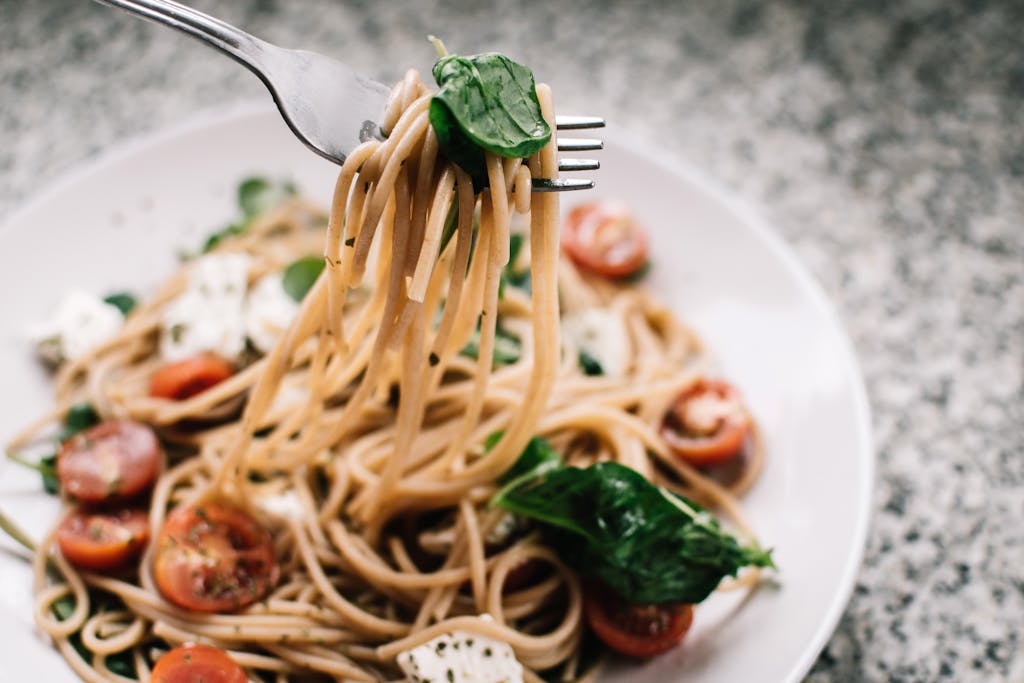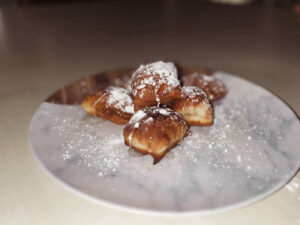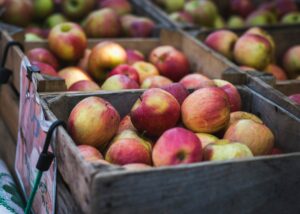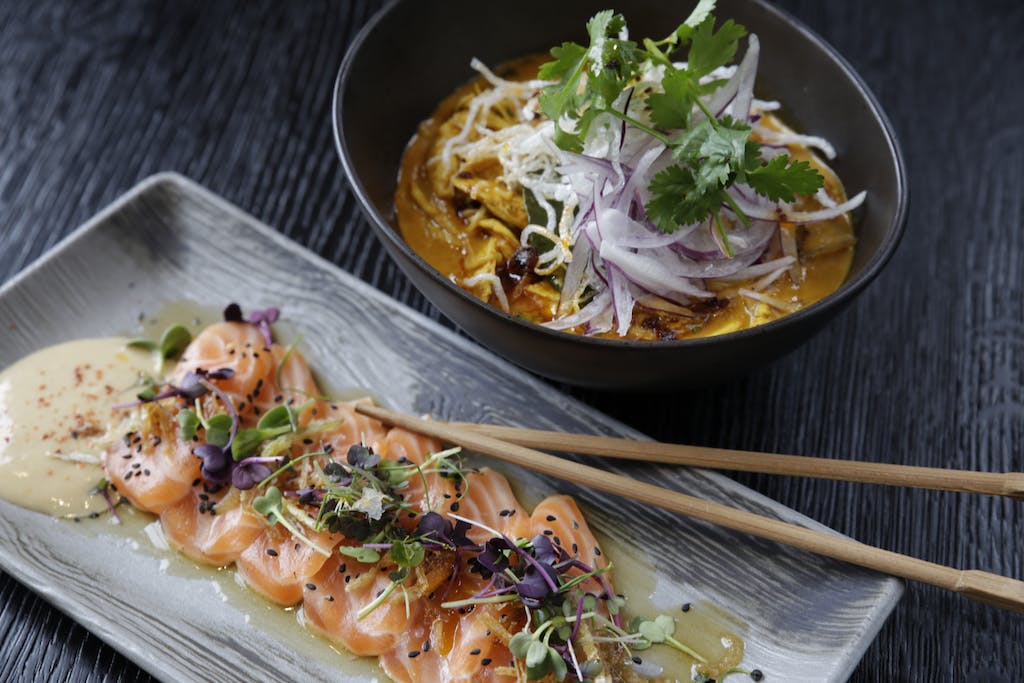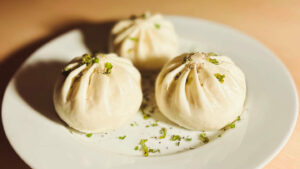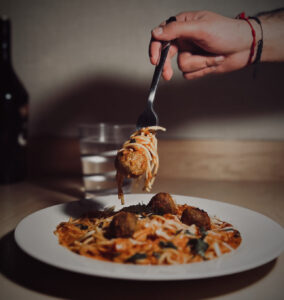Eatology – Asian daily dishes
Welcome to Eatology, where food and culture are intertwined.
We are bringing health and delicious back! Although coming from different countries, both dishes have the same benefits. For example, both are highly nutritious, providing protein, carbohydrates, and fiber. Since they are nutritious, they can be eaten for breakfast, lunch, or supper. These meals are also less time-consuming. Only takes an average of 45 minutes to an hour and a half. It would take less time for the Cơm Tấm if you used a. Air fryer to grill the meat and a rice cooker for the rice. The ingredients are also easy to find in supermarkets such as Save-on-Foods and Superstore, making the dishes cheap and accessible. The Saliva chicken (Kou Shu Ji) can also be eaten with rice or porridge.
Name: Broken Rice (Com Tam)
Country: Viet Nam
Duration: 1-1.5 hours
Photo by Le Do
Broken rice was widespread among poor Mekong Delta farmers in the late 19th century. Because of rice and hard seasons, the locals need to break rice to cook to overcome those hard times. It has become renowned for its specialty in the Southern region, especially Ho Chi Minh City, since the urbanization process in the first half of the 20th century.
This dish allows for a balanced meal due to the nutritional values of the ingredients used. The total number of calories is 757 per serving, and within that serving, the total fat is 54%, while protein is 41g. This also means that since it is high in protein, the meal suits those who frequent the gym.
Name: Saliva Chicken (Kou Shu Ji)
Country: China
Duration: 45 minutes
Photo by Stephanie Ajuwape
On warm days, cold food can be a delightful experience. However, what if the cold food is spicy? This can result in a dish you can’t resist until the empty bowl! One of the most famous dishes in Sichuan Chinese cuisine is this cold Sichuan chicken dish (Kou Shui Ji, 口水鸡), also known as saliva chicken. The dish is referred to as mouth-watering, which is a rough translation because of the unique vibrating sensation that comes from the spice and tingle of the Sichuan peppercorn.
The food provides 480 kilocalories of energy. It contains 25 grams of protein, which is essential for body growth and repair. The food also contains 37 grams of fat, which is a source of energy and helps to protect vital organs.
“Feasting on flavours far and wide where every bite tells a story and every dish brings the world to your table. Join us on the list journey cause life’s too short for boring food”
Cold Sichuan Chicken (Kou Shui Ji, 口水鸡) with Ginger Congee. (2023, September 8). Forge To Table Knives. https://www.forgetotable.com/post/cold-szechuan-chicken-with-ginger-congee
Sichuan Kou Shui Ji (Mouthwatering Chicken). (2023, August 3). What To Cook Today. https://whattocooktoday.com/mouthwatering-chicken.html
Tran, V. (2023, March 9). Cơm Tấm (Vietnamese Broken Rice) Recipe. Serious Eats. Retrieved January https://www.seriouseats.com/com-tam-vietnamese-broken-rice-recipe-7197808Vietnamese broken rice: Essence of land and fruit of labour. (2022, October 26).
VinWonders.https://vinwonders.com/en/news/vietnamese-broken-rice-taste-the-signature-dish-of-southern-vietnam/

